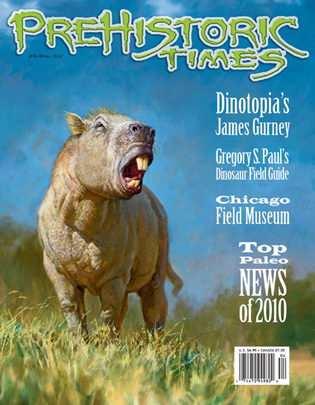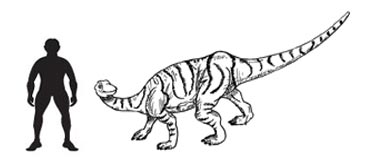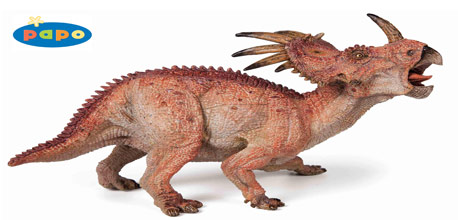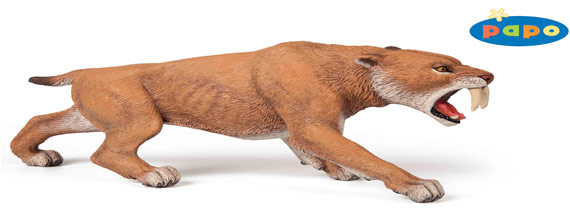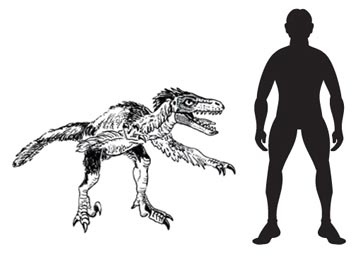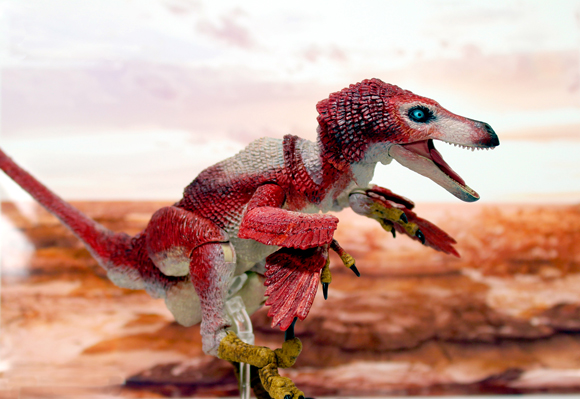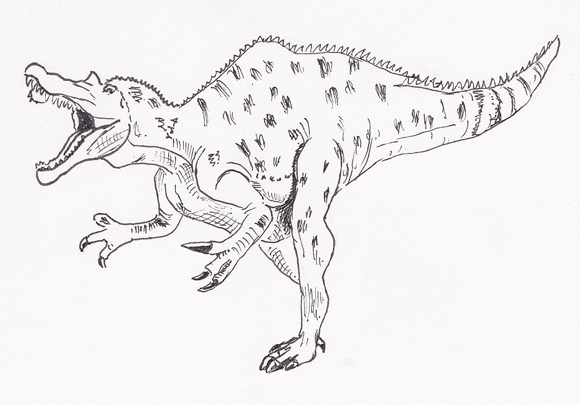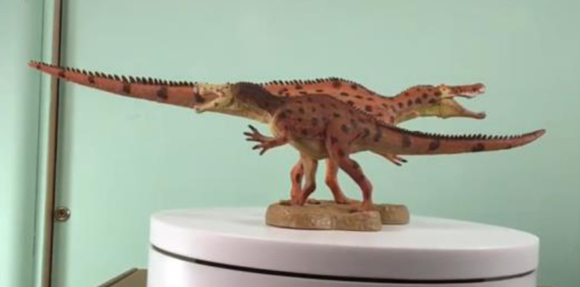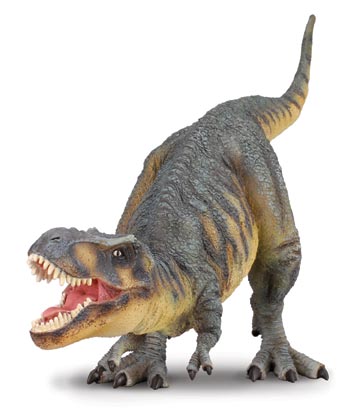Ms Hubbard’s Contribution to the Discovery of Pterosaur Acknowledged
Science can be defined as the search for truth, and sometimes, despite the very best of intentions the truth can become blurred. Take for example the announcement recently of the new pterosaur find from British Columbia – Gwawinapterus beardi
Last week we reported on the discovery of new genus of flying reptile that had been discovered in Canada, this new flying reptile, dating from the Late Cretaceous had ferocious teeth located at the front of its jaws, these teeth superficially resembled those of a piranha.
To read more about this pterosaur: New Pterosaur announced with “Piranha-like” Teeth.
Information on this discovery was published in the scientific journal the “Canadian Journal of Earth Sciences” and a number of articles relating to this new pterosaur were subsequently circulated. However, we at Everything Dinosaur, had already picked up an inaccuracy in the discovery as it was reported by many news sources.
Flying Reptile
Graham Beard, the curator of the palaeontological collection at the Qualicum Beach Museum and a keen fossil collector himself, was accredited with the discovery of the concretion which contained the skull material and partial jaws that led to the naming of this new genus of flying reptile. The animal’s specific name honours him.
Unfortunately, Graham Beard did not actually find the fossil, he was on the beach that day, but the finder of the fossil was Sharon Hubbard, a local artist who also is a passionate fossil collector.
Sharon showed her find, having cracked open the stone nodule which contained the fossil, to Graham. Mr. Beard took the fossil away and it was eventually sent to the University of Alberta, where it resided for many years under the identifier VIPM1513 until it ended up being reviewed and studied by Victoria Arbour.
Unfortunately, the new species has been named after Mr. Beard, who had been credited with its discovery by some sources. However, Graham did not find the fossil, Sharon Hubbard did. We at Everything Dinosaur, were aware of this and in our article on the new pterosaur published on January 11th we were keen to point out that Graham Beard was not the finder of the fossil.
Commenting about the confusion regarding the discovery, Victoria Arbour stated that:
“the academics feel very badly.”
Occasionally, errors of this nature do occur, especially when a considerable period of time lapses between a fossil’s discovery and its scientific study. A happy ending could be provided if the scientific name were to be altered to reflect Ms. Hubbard’s contribution.
However, this is easier said then done. Under the conventions of the International Code of Zoological Nomenclature, renaming an already described species is extremely difficult and in this instance it is likely that the new pterosaur will remain as G. beardi.
Sharon, who was the first member of our species to hold the fossil specimen in her hands, had thought it could be called Hornbyensis humbardii, in recognition of her find.
Although not rewarded with the honour of lending her name to the new pterosaur, she has the consolation of having found a very significant fossil. She continues to search the beach area where she found the specimen, perhaps she will be lucky again and find something else that is unique to science.
Commenting on her fossil hunting, Ms. Hubbard said:
“I tend to find the unusual, I’ve done it over and over again. Palaeontology is only 150 years old, by finding new stuff, you’re just about an explorer.”
We wish Sharon every success with her fossil collecting, and perhaps in the light of this naming discrepancy, we can do our bit by putting up this article. Who knows, perhaps Sharon will find another unique specimen that will become the holotype for a new species and this one will have her name.
Addendum
Subsequent research published in 2012 identified the remains as having come from a saurodontid fish.
For pterosaur replicas and flying reptile figures soar over to Everything Dinosaur’s website: Everything Dinosaur.


